1. American Pie – Don McLean (1971)

Don McLean’s “American Pie” captured the loss of innocence in music history and turned it into a poetic anthem. At nearly nine minutes long, it was ambitious and deeply meaningful. Yet radio stations and nostalgic playlists wore it out. Listeners grew weary of hearing the same verses over and over until the song became more of a marathon than an experience. Its impact as a cultural snapshot remains, but sitting through it again often feels like work. The beauty of its storytelling fades when it is played too often, turning a reflective ballad into background chatter that overstays its welcome.
2. Stayin’ Alive – Bee Gees (1977)

I was born in the early 60s and grew up on this music. So this is a very personal list I compiled with friends. Please let us know in the comments if we got it right, or if we should swap others in or out and edit the story, thank you.
The 1970s gave us songs that never seemed to leave the airwaves, and none is more instantly recognizable than “Stayin’ Alive.” The Bee Gees created a disco anthem that captured the spirit of the decade, immortalized by John Travolta’s strut in Saturday Night Fever. At first, it was fresh, catchy, and unstoppable, but years of replay at clubs, weddings, and countless events have left it worn thin. While the bassline still gets people moving, it has become so tied to disco clichés that it feels less like a song and more like a cultural timestamp on repeat.
3. Dancing Queen – ABBA (1976)
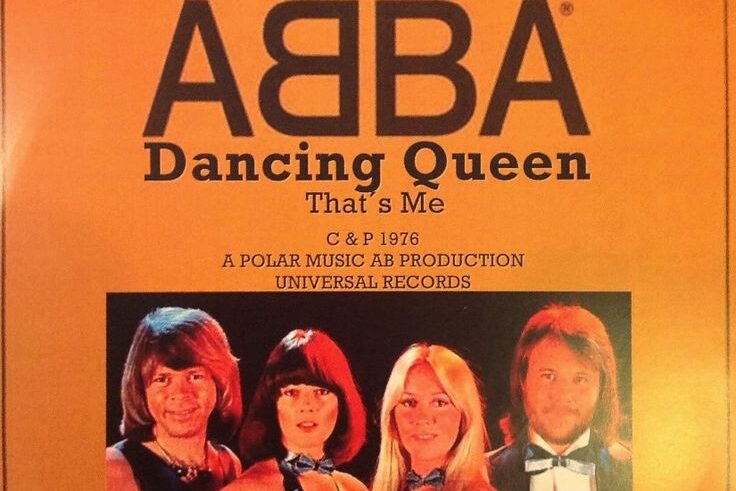
Few songs are as joyfully infectious as “Dancing Queen,” and ABBA’s shimmering anthem continues to make people smile. Yet its magic is dimmed by how often it appears at weddings, anniversaries, and retro nights. Everyone knows the lyrics, and the beat is timeless, but the thrill fades when the song becomes predictable. Instead of a surprise highlight, it feels like a box checked off every party playlist. The exuberance that once felt unstoppable is now reduced to background cheer, heard so frequently that it blends into the noise instead of standing out as the celebratory spark it once was.
4. Hotel California – Eagles (1976)

“Hotel California” is a haunting classic that drew listeners in with mystery and one of rock’s most famous guitar solos. It was poetic and ambitious, and it still holds up as a piece of art. The problem is that it became radio’s favorite forever tune. Every road trip, diner, and waiting room seems to have it on repeat. What was once a spellbinding story has become too familiar, losing the edge that made it special. The guitar outro is still impressive, but when it is heard endlessly, it feels like a scene you already know by heart.
5. I Will Survive – Gloria Gaynor (1978)
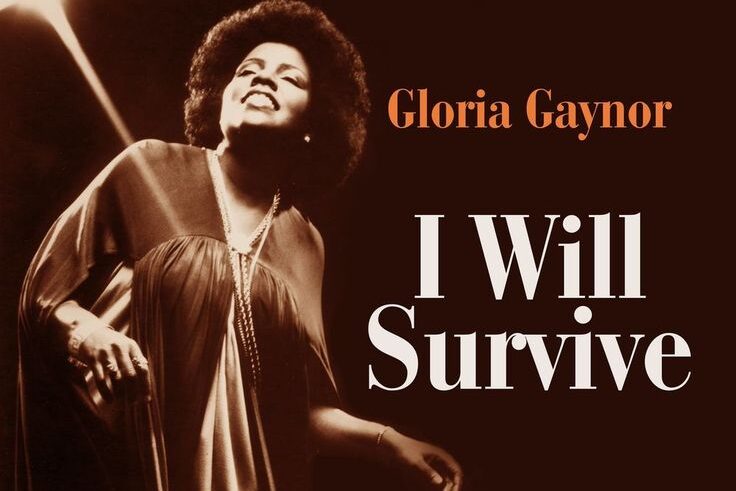
Gloria Gaynor’s “I Will Survive” remains one of the greatest empowerment songs of all time, but it is also one of the most replayed. Karaoke bars, rom-coms, and countless playlists made it impossible to escape. The first few listens feel triumphant, but after decades of repetition, the magic is thinner. Instead of hearing a bold cry of independence, listeners now often hear a song they know too well. Its message is timeless, but the freshness is long gone, leaving it sounding more like a required anthem than an experience of emotional liberation when it comes on again.
6. Bohemian Rhapsody – Queen (1975)
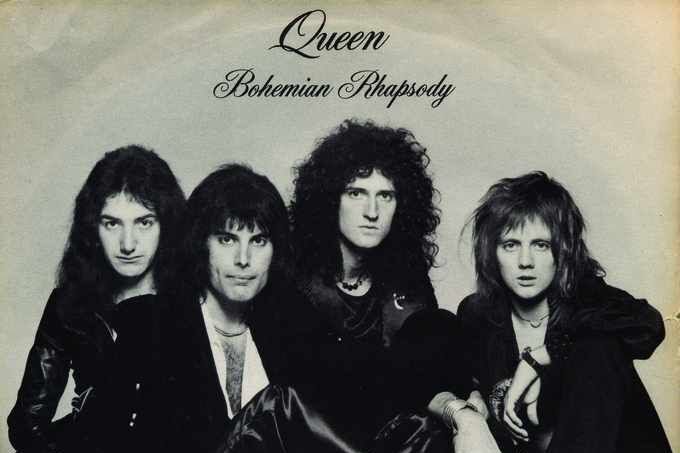
Queen’s “Bohemian Rhapsody” was groundbreaking, mixing opera, rock, and pop in a way nobody had ever dared. Freddie Mercury’s vision turned into one of the greatest rock songs of all time. However, overexposure has chipped away at its uniqueness. Played endlessly in bars, movies, and sing-alongs, it has shifted from an experimental masterpiece into a karaoke staple. The operatic middle section that once shocked audiences now feels like a rehearsed chant. Its greatness is undeniable, but the freshness is buried under decades of repetition. What was once a thrilling epic is now a song you already know too well.
7. Le Freak – Chic (1978)
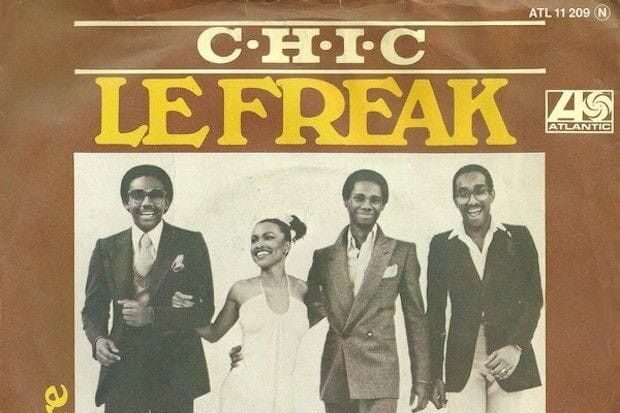
Chic’s “Le Freak” is disco at its most vibrant. With its unforgettable groove and catchy chorus, it quickly became a party anthem that defined the decade. Yet with that success came constant replay. From commercials to workout mixes to every disco-themed event, it was always there. What once felt irresistible eventually became predictable. The groove still works, but it is so tied to disco nostalgia that it feels like a cliché. Instead of being fresh and funky, it sits like a reminder of how overexposure can dull even the most creative of tracks until it blends into the background.
8. Imagine – John Lennon (1971)

John Lennon’s “Imagine” is one of the most powerful ballads ever written, carrying a message of peace that resonated across generations. Its simplicity is its strength, but its constant use in documentaries, tribute concerts, and commercials has weakened its intimacy. The piano notes no longer surprise because they are always present in moments of reflection. The song remains beautiful, but the constant repetition stripped away the quiet power it once held. Instead of feeling like a personal meditation, it has become a general backdrop for every cause, leaving it sounding more expected than inspiring in modern settings.
9. I’m Your Boogie Man – KC and the Sunshine Band (1977)

KC and the Sunshine Band had everyone moving with “I’m Your Boogie Man,” a disco track that perfectly captured the carefree mood of the 1970s. It was fun, funky, and impossible to ignore. But after years of being replayed in retro clubs, movie soundtracks, and endless playlists, it started to lose its charm. What was once a fresh groove now feels like a caricature of the disco craze. Listeners still tap their feet, but they do so with a sense of familiarity rather than excitement, making it less a thrill and more a background relic of the disco era.
10. Good Times – Chic (1979)

“Good Times” by Chic not only dominated disco but also influenced early hip hop, making it one of the most important tracks of the decade. Its bassline was legendary and instantly recognizable. However, endless repetition across commercials, parties, and retro playlists drained its impact. What was once revolutionary feels ordinary simply because it is heard too often. Instead of bringing joy every time, it now arrives as an expected track that plays on cue whenever nostalgia is needed. The brilliance of the groove remains, but it no longer feels new, leaving it a victim of overplay.
11. We Are Family – Sister Sledge (1979)
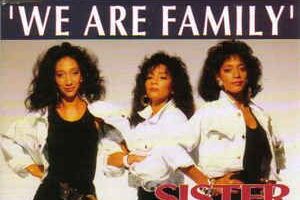
Few songs scream togetherness like “We Are Family.” Sister Sledge gave us an anthem for joy, unity, and celebration. It was once uplifting, but overexposure has dulled the shine. Weddings, commercials, sporting events, and family gatherings turned it into a soundtrack for every occasion. Its message remains sweet, but its predictability leaves it flat after decades of nonstop use. What once felt like a song of empowerment now feels like a required inclusion whenever people come together. It is still fun to sing along to, but the freshness is buried under years of being everyone’s go-to family tune.
12. Superstition – Stevie Wonder (1972)

“Superstition” showcases Stevie Wonder’s genius with a funky groove that defined a decade. It was groundbreaking and irresistible when it first hit the airwaves, and it still stands as one of his most recognizable songs. Yet radio, television, and commercials leaned on it so heavily that its magic softened over time. Instead of surprising listeners with its bold energy, it has become a permanent fixture of retro playlists. The clavinet riff is still iconic, but it does not carry the same punch. Overplay transformed a vibrant track into one that feels more like a standard than a standout.
13. Jive Talkin’ – Bee Gees (1975)
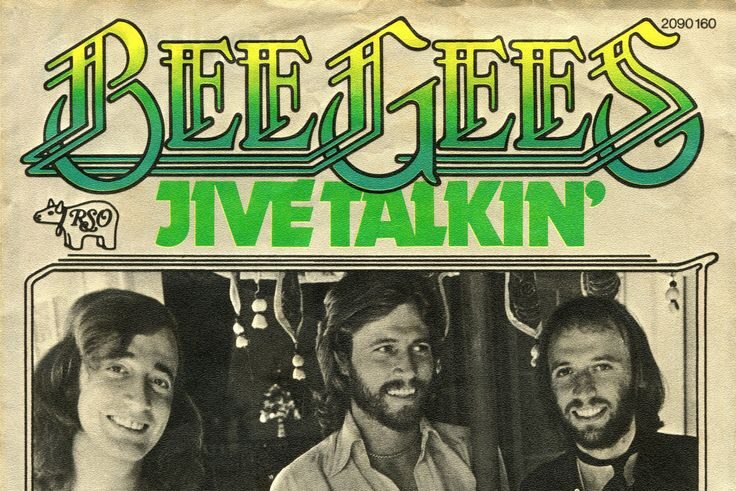
The Bee Gees had hit after hit, and “Jive Talkin’” was one of the songs that cemented their disco dominance. Its groove was smooth and full of swagger, perfectly suited for the dance floor. However, being on constant repeat across radio stations, dance halls, and retro collections made it lose its novelty. Listeners became too familiar with its rhythm, making it harder to appreciate its cleverness. The song once turned heads with its playful style, but now it blends into the background as just another Bee Gees tune. Great in its time, but dulled by endless exposure.
14. The Hustle – Van McCoy (1975)

No dance craze captured the disco era quite like “The Hustle.” Van McCoy created a track that fueled dance floors everywhere and even inspired countless people to try the signature moves. But the very success that made it unforgettable also ensured it would be played everywhere for decades. Retro nights, movies, commercials, and themed parties leaned on it so heavily that it feels overdone. The once fresh sound became a caricature of disco itself. People still smile when they hear it, but it no longer feels exciting. It feels like an obligation to play whenever disco is mentioned.
15. Let It Be – The Beatles (1970)

“Let It Be” is one of The Beatles’ most iconic songs, offering comfort and wisdom through Paul McCartney’s simple lyrics. Its emotional weight is undeniable, yet the song became so overplayed on classic rock and oldies stations that it lost its intimacy. Every nostalgic montage, every sentimental moment in film, and countless radio spins wore it thin. It is still moving, but the constant exposure makes it feel predictable. Instead of being a moment of reflection, it often feels like background noise. What was once deeply personal has been transformed into a familiar chorus heard too often.
16. Baker Street – Gerry Rafferty (1978)
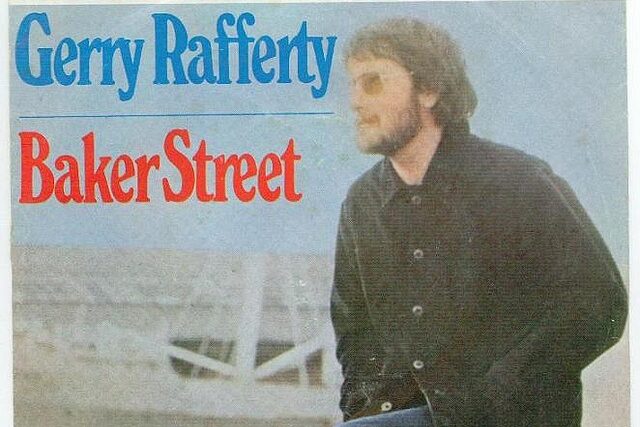
The smooth saxophone riff of “Baker Street” is unforgettable and instantly recognizable. Gerry Rafferty crafted a song that oozed sophistication, and for years it felt fresh and different. However, its dominance on soft rock stations and endless replay in restaurants, waiting rooms, and classic mixes made it lose its edge. The song became background filler rather than a standout. The melody still sounds nice, but it does not capture the same sense of cool it once did. Instead of transporting listeners, it simply reminds them of how often they have heard it everywhere without even trying.
17. Take Me Home, Country Roads – John Denver (1971)

John Denver’s “Take Me Home, Country Roads” is one of the most beloved sing-alongs of all time. Its heartfelt simplicity and warm imagery made it a road trip favorite. Yet the very thing that made it timeless also caused it to be overplayed into exhaustion. Every campfire, long drive, and nostalgic playlist seems to include it. What was once a moving tribute to home has become predictable. Listeners sing along because they know the words, not because it feels new or surprising. The song still connects, but its freshness has long been traded for familiarity and repetition.
18. You’re the One That I Want – John Travolta & Olivia Newton-John (1978)

Grease gave the world plenty of memorable songs, but none caught on quite like “You’re the One That I Want.” Its playful energy and chemistry between Travolta and Newton-John made it an instant classic. The downside is that it became unavoidable. Every karaoke night, every throwback party, and countless commercials ensured it was always in rotation. The once-electric duet now feels like a required sing-along that everyone knows but few genuinely enjoy anymore. The charm is still visible, but it has dulled after years of overuse. The fun lingers, yet it no longer feels fresh.
19. Maggie May – Rod Stewart (1971)
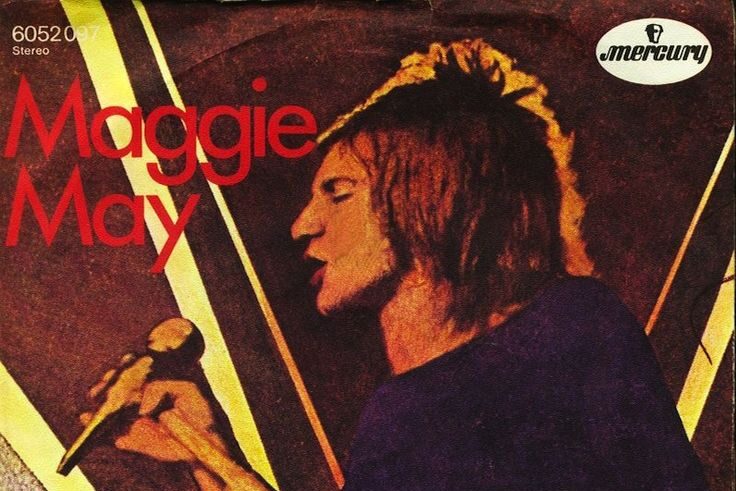
Rod Stewart’s “Maggie May” captured heartbreak with raw honesty and unforgettable delivery. It became a massive hit and one of his signature songs. But like many great tracks, it suffered from constant airplay. Radio leaned on it so heavily that the unique storytelling lost its novelty. What once felt intimate and rebellious now plays like background music at coffee shops and classic rock stations. The gritty charm is still present, but it has been dulled through familiarity. Instead of catching your attention, it often fades into the noise, which makes it feel less special than it should.
20. Disco Duck – Rick Dees (1976)

“Disco Duck” was quirky, goofy, and perfectly reflective of disco’s playful side. Rick Dees gave listeners something silly to laugh and dance to. The novelty worked at first, but the song quickly became overexposed. Its cartoonish duck vocals and campy beat appeared everywhere, from radio to novelty playlists. The more it was played, the more it lost its charm, turning from fun into downright irritating for many. It became a caricature of disco excess, remembered more for its silliness than its music. It still brings a smile, but mostly because of how overplayed and ridiculous it became.
21. Sweet Home Alabama – Lynyrd Skynyrd (1974)
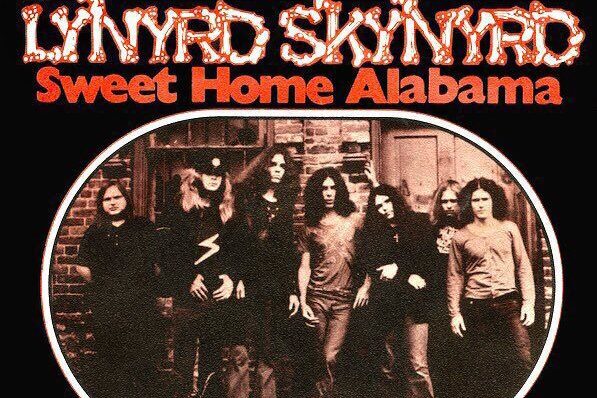
“Sweet Home Alabama” is a Southern rock anthem that resonated deeply when it first came out. Its catchy riff and proud lyrics made it a favorite across America. But its constant replay at sporting events, rallies, and classic rock stations pushed it into exhaustion. The song went from being a bold anthem to something expected anytime Southern pride is mentioned. Listeners who once embraced its energy often groan when it comes on again. The charm has been buried beneath decades of overuse, leaving it more of a cultural staple than a song you listen to for pleasure.
22. Shining Star – Earth, Wind & Fire (1975)
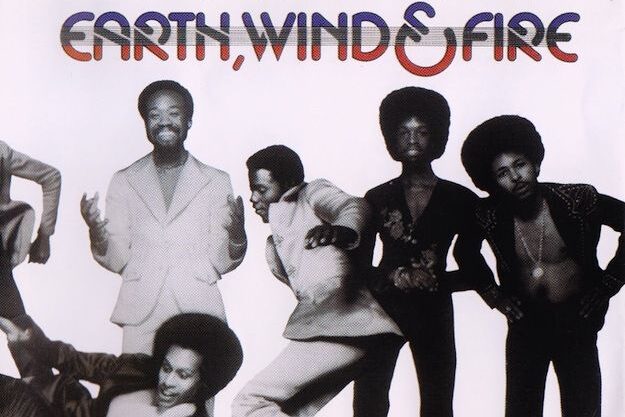
“Shining Star” brought funk and joy to the 1970s. Earth, Wind & Fire delivered a track that was vibrant and uplifting, reminding people to dream big. However, its brilliance was overshadowed by how often it was replayed. Endless spins on the radio and at events turned it into a predictable soundtrack rather than a celebration. The once powerful chorus feels less special after decades of familiarity. It is still a fun listen, but it rarely surprises anymore. Instead of feeling like a burst of energy, it sounds like another expected track from the golden age of funk and soul.
23. Hot Stuff – Donna Summer (1979)

Donna Summer defined disco with tracks like “Hot Stuff,” and it was a game-changer when it first came out. Sexy, bold, and filled with fire, it became a dance floor must. But constant overplay at parties, retro nights, and in commercials drained its originality. Listeners who once danced freely to it now often hear it as a predictable soundtrack to nostalgia. Its energy remains undeniable, but its impact is softened by repetition. Instead of sparking excitement, it usually draws a knowing nod of recognition. What was once hot and daring now feels safe because of endless replay.
24. The Joker – Steve Miller Band (1973)
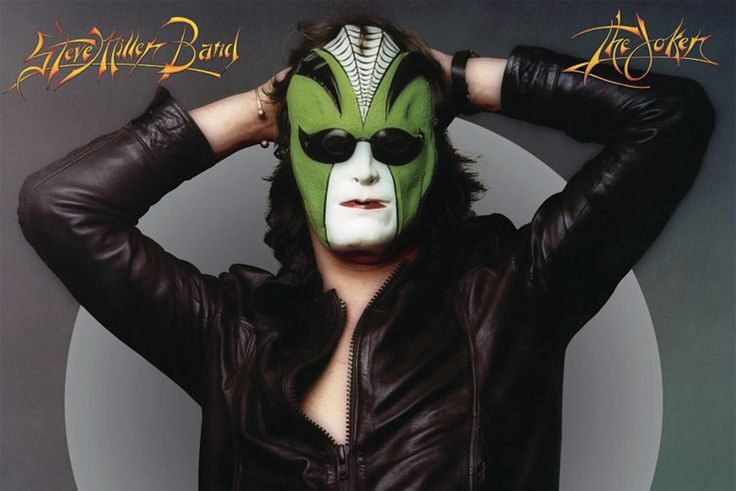
“The Joker” is playful, quirky, and endlessly quotable. It had a carefree vibe that made it one of Steve Miller Band’s most memorable songs. Unfortunately, it became so overplayed on classic rock stations that its fun charm wore thin. Lyrics that once made people laugh and sing along became too familiar to excite. The slide guitar riff still sounds good, but it no longer surprises. Instead of feeling like a cheeky anthem, it sits as part of a predictable playlist rotation. A fun song turned into background noise through sheer repetition, losing the edge that once made it stand out.
25. I Want You to Want Me – Cheap Trick (1977)
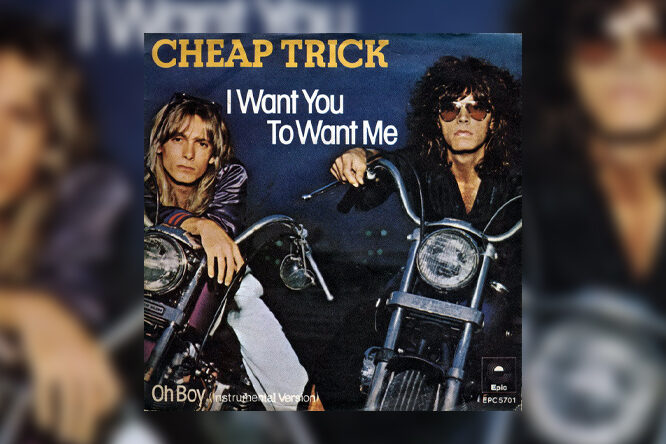
Cheap Trick struck gold with “I Want You to Want Me,” a high-energy rock anthem with irresistible hooks. At first, it felt electric and exciting, especially in its live versions. But after decades of heavy rotation on rock radio, the excitement dulled. The very catchiness that made it successful also made it prone to burnout. What once felt edgy now comes across as routine. Listeners can still sing along easily, but they do so without the thrill of discovery. It is a victim of its own success, replayed until the shine was replaced with predictability and familiarity.
26. Rhinestone Cowboy – Glen Campbell (1975)

“Rhinestone Cowboy” captured the dreams of a generation with its heartfelt storytelling. Glen Campbell gave country a crossover hit that resonated everywhere. However, it quickly became a staple on radio stations, commercials, and nostalgic events. Its endless replay made it less a song and more a cultural backdrop. Instead of surprising audiences, it plays like a familiar memory you cannot escape. The sincerity is still there, but the freshness faded long ago. The track remains iconic, but it feels more like a nostalgic symbol than an emotional performance, thanks to years of being played without pause.
27. Let’s Stay Together – Al Green (1971)
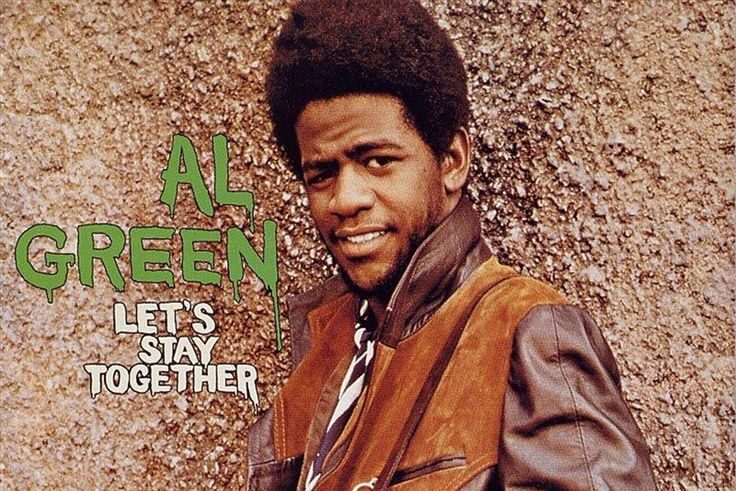
Al Green’s “Let’s Stay Together” is soulful, smooth, and endlessly romantic. It became an instant classic that people connected to on a personal level. Unfortunately, its success ensured constant airplay on radio stations, romantic playlists, and countless soundtracks. It shifted from being an intimate song to one that plays in the background of restaurants and waiting rooms. The emotion is still there, but the song feels more like atmosphere than art. Listeners may sway along, but rarely with the same spark. Overplay turned it from a heartfelt confession into an easy-listening standard that no longer surprises.
28. Don’t Stop ‘Til You Get Enough – Michael Jackson (1979)

Michael Jackson burst into solo stardom with “Don’t Stop ‘Til You Get Enough,” a funky and electrifying anthem. It was bold, exciting, and full of energy that showcased his potential. But its constant repetition at parties, clubs, and retro mixes dulled its freshness. The beat still grooves, but it is so tied to Jackson’s image and disco nostalgia that it feels predictable. Instead of sparking a wave of excitement, it often plays as a routine crowd pleaser. The brilliance remains, but the track has been stripped of surprise, leaving it as a symbol of overexposure.
29. Knock Three Times – Tony Orlando & Dawn (1970)

Tony Orlando & Dawn created a playful, catchy hit with “Knock Three Times.” At first, its charm was undeniable, with a sing-along style that made people smile. Yet the very catchiness that made it popular also made it vulnerable to overplay. Radios picked it up constantly, and its novelty wore thin quickly. What was once quirky fun now sounds like a retro cliché. Listeners recognize it instantly but without the same enthusiasm. It became too predictable, a relic of its time that feels more like kitsch than genuine excitement. A song turned into background familiarity by constant use.
30. Jolene – Dolly Parton (1973)

Dolly Parton’s “Jolene” is a beautifully written plea filled with vulnerability and emotion. It became one of her defining songs and still resonates deeply. However, constant replay on radio stations and nostalgic playlists wore it down. What once felt raw and moving now often sounds like background music. The lyrics remain powerful, but their weight is lessened when you hear them too often. The song’s brilliance is not in question, but repetition stripped it of its intimacy. Instead of feeling like a private confession, it feels like a universal staple played at every opportunity.
31. YMCA – Village People (1978)
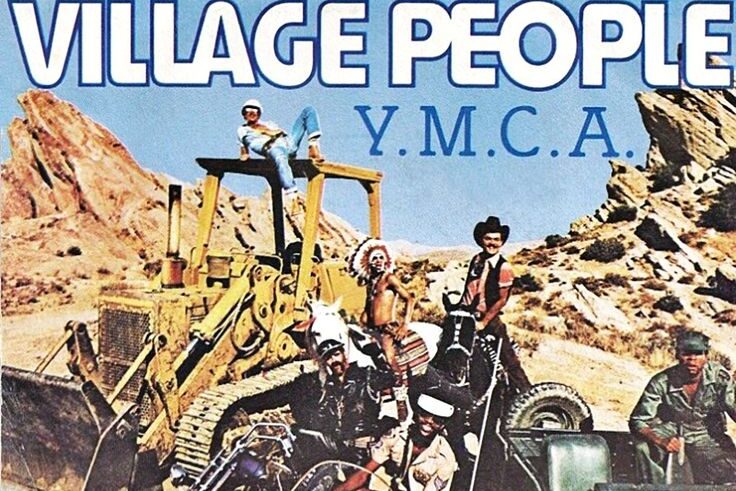
“YMCA” by the Village People was more than a disco anthem, it became a cultural phenomenon. With its infectious beat and playful arm movements, it was impossible to attend a party without hearing it. The song’s joyful energy made it a hit everywhere from weddings to sporting events. But constant repetition across decades drained its originality. What was once fun now feels predictable, an almost guaranteed addition to any retro playlist. The catchy chorus still gets people moving, but the surprise has faded, leaving it more of a ritual than a fresh experience whenever it plays today.
32. I Can See Clearly Now – Johnny Nash (1972)
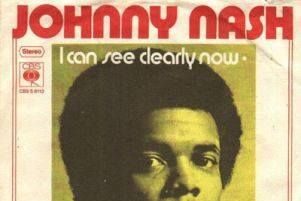
Johnny Nash’s “I Can See Clearly Now” is a feel-good anthem that radiates positivity. Its sunny outlook made it perfect for playlists, movies, and commercials. But because of that constant presence, it no longer surprises. The joyful chorus that once lifted spirits now plays so often that it fades into the background. It is still uplifting, but it feels more like a scheduled appearance in pop culture than a spontaneous moment of joy. The song’s message remains timeless, but repetition turned it from an inspiring hit into something too familiar to spark the same brightness it once had.
33. September – Earth, Wind & Fire (1978)

“September” is one of the most instantly recognizable songs ever recorded. The opening “Do you remember” line is iconic, and the groove is infectious. But its success also guaranteed its overuse. It plays at weddings, commercials, birthday parties, and every retro dance floor imaginable. The charm is still there, but the thrill of hearing it for the first time has vanished. Instead of being a joyful surprise, it is now an expectation. People dance out of habit, not excitement. The song remains beloved, but decades of overplay transformed it into a cultural routine rather than a spontaneous celebration.
34. My Sharona – The Knack (1979)
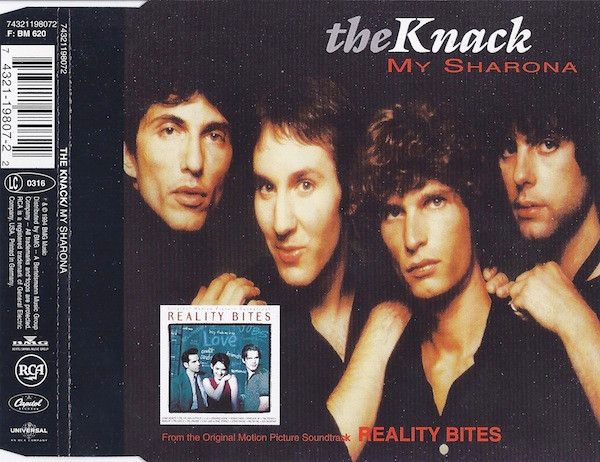
The Knack delivered a bold, catchy hit with “My Sharona.” Its energy and punk-inspired drive made it feel edgy when it first arrived. But it quickly became a staple on rock radio, and the endless spins dulled its sharpness. The song shifted from thrilling anthem to tired classic, replayed so often that listeners now often groan when it comes on. The hooks are still strong, but they feel predictable instead of exciting. It became too familiar for its own good. What was once a powerful debut is now remembered mostly for how overexposed it became.
35. Rock Lobster – The B-52’s (1978)
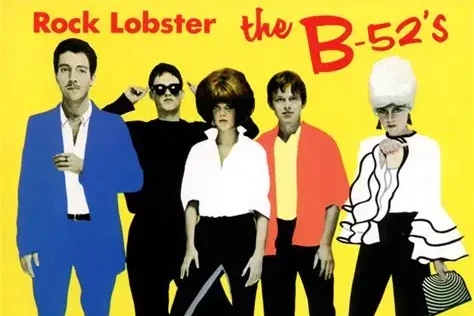
“Rock Lobster” was quirky, playful, and completely different from anything else when it came out. The B-52’s carved out their niche with fun weirdness, and people loved it. But because it stood out, it was also played endlessly on retro playlists and novelty mixes. Its eccentricity lost its edge when it became overexposed. Instead of feeling fun and unpredictable, it now feels like a gimmick that never stops showing up. The uniqueness is still there, but familiarity has taken away the element of surprise. What was once excitingly odd now feels like another predictable throwback track.
36. Baby Come Back – Player (1977)
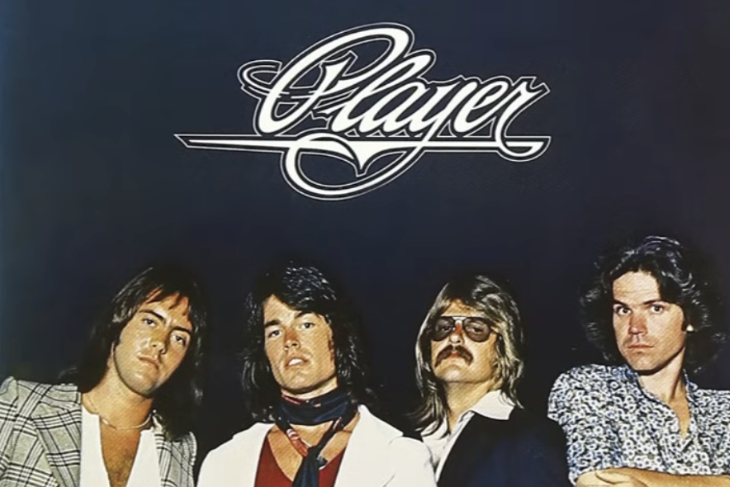
“Baby Come Back” is one of those smooth soft rock tracks that caught on instantly with its pleading lyrics and catchy chorus. It fit perfectly on radio stations that thrived on mellow hits. But because it was everywhere, the song lost its intimacy. Instead of feeling like a personal plea, it became a staple in the rotation of countless playlists. Listeners grew so accustomed to hearing it that its charm began to fade. The sincerity of the words remains, but they no longer strike with the same strength, leaving it more of a background tune than a heartfelt confession.
37. Love Train – The O’Jays (1972)

“Love Train” carried a powerful message of unity and joy. The O’Jays turned it into a global anthem that made people want to sing together. But as with many anthems, its heavy replay took away some of its sparkle. Constant airplay and its appearance at countless events turned it from an inspiring call to togetherness into a predictable soundtrack. People still sing along, but often more out of habit than excitement. The hope it represented is timeless, but its freshness has dulled through years of overexposure, leaving it more symbolic than thrilling in the way it was originally meant.
38. The Wreck of the Edmund Fitzgerald – Gordon Lightfoot (1976)
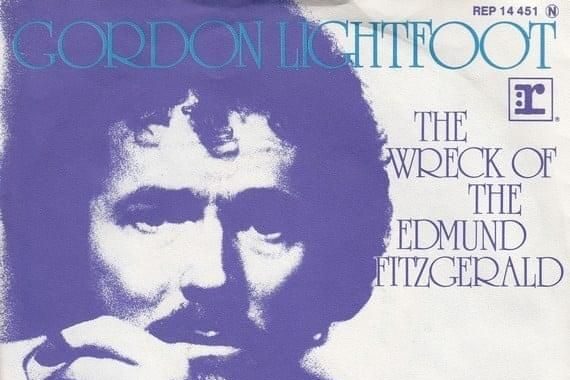
Gordon Lightfoot created a hauntingly beautiful ballad with “The Wreck of the Edmund Fitzgerald.” Its somber storytelling and melody made it unforgettable, but endless airplay turned it into more of a background history lesson than a moving song. Instead of captivating listeners with its tale of tragedy, it often feels like an overly familiar narrative repeated too many times. The artistry is still there, but its replay on classic stations dulled the emotional edge. What was once chilling and memorable now feels routine, as if the mystery and sadness have been played out one too many times.
39. I’d Like to Teach the World to Sing – The New Seekers (1971)

Born from a Coca-Cola jingle, “I’d Like to Teach the World to Sing” became a cultural phenomenon. Its cheerful simplicity struck a chord with audiences everywhere, but the downside of that success was overexposure. From commercials to nostalgic playlists, it was constantly present. What once felt hopeful and refreshing now comes across as predictable and overly sweet. The charm has faded because of repetition, leaving it sounding more like a background track than a message of peace. It is still remembered fondly, but its magic dulled when it was used so frequently in so many different contexts.
40. Rock the Boat – Hues Corporation (1974)
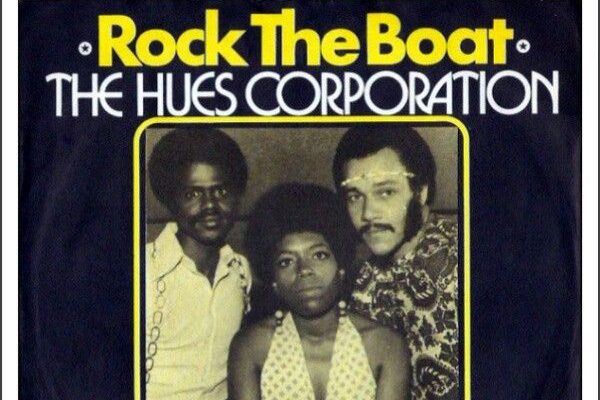
“Rock the Boat” is credited with helping usher disco into the mainstream, and for good reason. Its groove was irresistible and perfect for dancing. But its popularity ensured it would be played at every party, roller rink, and nostalgic event for decades. Eventually, the freshness wore off. The song became more of a requirement for any disco playlist than a standout choice. People still sway when it comes on, but not with the same excitement. Its legacy as a disco pioneer is secure, but its charm is buried beneath years of repetition and predictable appearances on every retro soundtrack.
41. Saturday Night Fever – Bee Gees (1977)
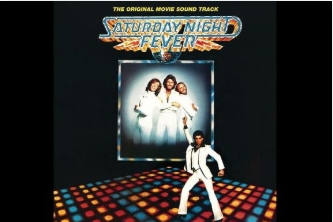
The Bee Gees gave disco its most famous soundtrack with Saturday Night Fever, and its music defined an entire cultural movement. The title track kept people dancing for years. But overexposure drained it of novelty. From countless retro nights to endless references in popular culture, the song became less an anthem and more a symbol of disco excess. The rhythm still works, but listeners rarely feel the same rush. It plays more like a reminder of the era than a fresh hit. Its brilliance is undeniable, but overplay stripped away the spark that made it groundbreaking in the first place.
42. More Than a Feeling – Boston (1976)
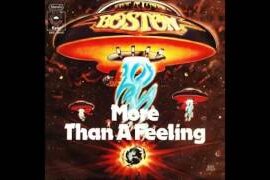
Boston’s “More Than a Feeling” is an arena rock classic that built its reputation on soaring vocals and a powerful riff. It became the band’s defining song and a radio favorite. Unfortunately, that same popularity meant it was played so often that its energy wore down. What once felt explosive now often comes across as predictable. Its presence on every classic rock playlist turned it into background noise rather than a thrilling anthem. The guitar riff still stands tall, but its power is dulled by overfamiliarity. It is hard to relive the rush when you already know every note by heart.
43. You Make Me Feel Like Dancing – Leo Sayer (1976)
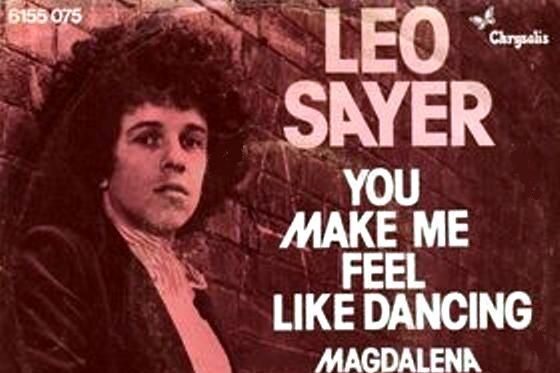
Leo Sayer’s “You Make Me Feel Like Dancing” was bright, joyful, and impossible to ignore. Its upbeat tone and playful delivery made it a hit instantly. But its cheerfulness was also its downfall. It became a staple at every party and retro playlist, to the point where it lost its charm. What once made people smile now often feels overdone. The energy remains, but the surprise is gone. Instead of sparking genuine joy, it usually prompts a knowing smile because it has been heard too many times. The freshness has faded, leaving it a predictable piece of nostalgic cheer.
44. Long Cool Woman (In a Black Dress) – The Hollies (1972)

“Long Cool Woman (In a Black Dress)” had grit, energy, and style that set it apart when it was released. Its swamp-rock vibe gave The Hollies a unique moment in the spotlight. But the song’s replay value was pushed too far. Classic rock stations leaned on it constantly, dulling its edge. The raw guitar-driven energy still works, but it feels more like a recycled staple than a surprise. Overexposure turned a once standout rocker into just another piece of the predictable rotation. It is still catchy, but it no longer jumps out with the same urgency as before.
45. Time in a Bottle – Jim Croce (1973)
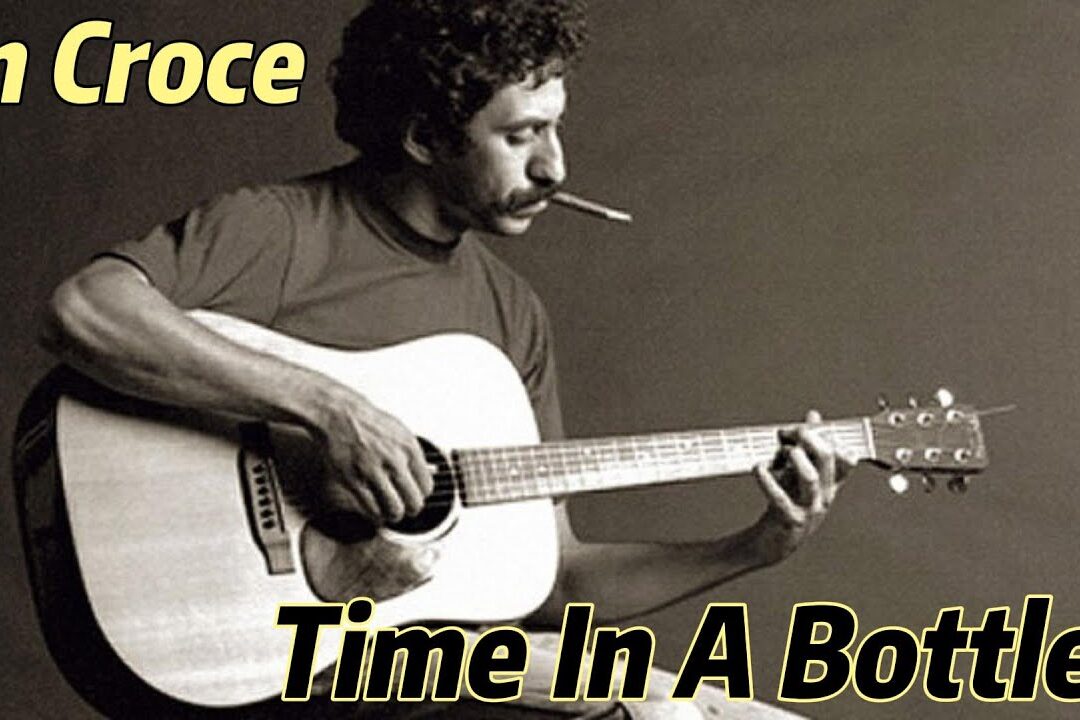
Jim Croce’s “Time in a Bottle” is tender and deeply emotional, filled with longing and reflection. Its heartfelt delivery gave it timeless appeal, but its constant presence on soft rock and oldies stations wore away its intimacy. What once sounded like a deeply personal expression now feels like background music for sentimental playlists. The words are still moving, but the overplay made them predictable. Instead of catching listeners off guard with its honesty, it sits comfortably as a familiar tune. Its beauty remains, but the freshness is gone, leaving it more expected than impactful when it plays.
46. One Bad Apple – The Osmonds (1970)

The Osmonds rode to fame with “One Bad Apple,” a bubblegum pop track full of youthful energy. It had instant appeal and captured the moment perfectly. But like many novelty-inspired hits, it became too familiar too fast. Radio replay turned it from fresh to repetitive, and the charm began to wear thin. Its sugary sweetness made it catchy, but it also made it prone to burnout. Over time, it shifted from an exciting pop tune to a kitschy reminder of its era. It is still fun in small doses, but it lacks the spark that once made it irresistible.
47. Kiss and Say Goodbye – The Manhattans (1976)

“Kiss and Say Goodbye” was smooth and heartfelt, striking with deep emotion when it first played. The Manhattans gave audiences a ballad that felt timeless. Unfortunately, constant airplay on oldies and R&B stations made it lose some of its originality. The song became a fixture rather than a highlight. The sincerity of the lyrics remains, but the freshness has been dulled by repetition. Instead of catching the ear with its smooth delivery, it plays like a familiar soundtrack to countless memories. It is still meaningful, but its presence feels more expected than surprising when it comes on again.
48. Smokin’ in the Boys Room – Brownsville Station (1973)
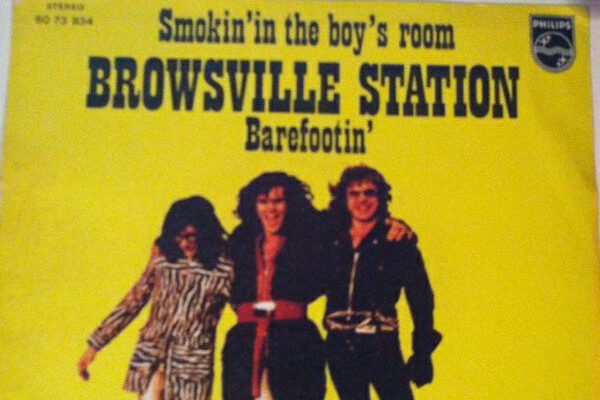
Brownsville Station delivered a rebellious anthem with “Smokin’ in the Boys Room,” capturing the carefree spirit of youth. It was playful and fun, a perfect reflection of teenage mischief. But heavy replay turned it into more of a novelty than an anthem. It became a regular feature on classic rock playlists, losing its raw edge over time. What once felt like a bold statement now plays like nostalgia without much of the spark. The rebellion is still there, but the thrill of it has long been buried under years of overplay that softened its bite considerably.
49. Stay – Jackson Browne (1977)

Jackson Browne’s “Stay” carried a bittersweet charm, a song that resonated with fans through its reflective tone. But it also became too familiar thanks to constant radio play. The emotion is still evident, but the overexposure stripped away the intimacy. Instead of pulling listeners into a heartfelt moment, it often fades into the background as another familiar tune. Its meaning is still powerful, but the effect is weaker when you have heard it countless times before. It shifted from a touching track into a routine classic, remembered but not always felt with the same intensity it once held.
50. The Night Chicago Died – Paper Lace (1974)

Paper Lace made waves with “The Night Chicago Died,” a dramatic storytelling song that captured attention right away. Its catchy hook and theatrical vibe made it stand out, but repetition dulled the excitement. The novelty wore thin after endless spins on oldies stations and nostalgic collections. What once felt like a unique musical story now sounds predictable and slightly overdone. The drama no longer pulls listeners in as it once did, leaving it as more of a historical novelty than a standout track. The song still holds its place in memory, but overplay drained it of its original thrill.
51. I’m Not in Love – 10cc (1975)
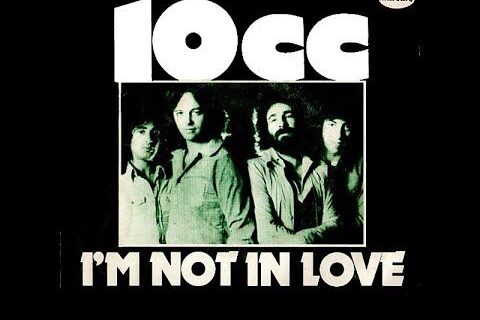
“I’m Not in Love” is a hauntingly beautiful song with layered vocals and a dreamy atmosphere that made it unforgettable at first. Its originality shined when it debuted, but radio play and frequent soundtrack appearances wore it down. What once felt ethereal now often feels too familiar. Its lush soundscape is still impressive, but the repetition stripped it of its uniqueness. Instead of being transported, listeners often recognize it as just another oldies staple. The beauty remains undeniable, but the surprise and emotional intensity have been lost to years of constant replay that made it ordinary.
52. I Love Music – The O’Jays (1975)
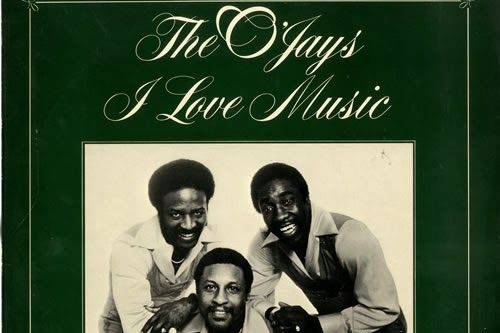
The O’Jays celebrated joy with “I Love Music,” creating a soulful track that truly reflected the spirit of the times. At first, it felt uplifting and full of energy. But endless plays at events, parties, and on retro radio made it lose its excitement. The message of loving music is timeless, but the track itself became predictable. It is often included in nostalgic playlists more out of obligation than demand. What once encouraged dancing now inspires polite recognition. The groove is still solid, but it no longer bursts with the life it once did when it first energized audiences.
53. The Rubberband Man – The Spinners (1976)
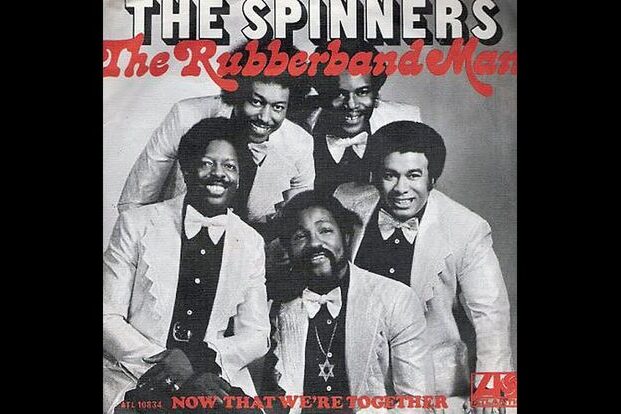
“The Rubberband Man” brought funk and fun together in a way only The Spinners could deliver. It was playful, catchy, and full of movement. But heavy replay turned it from lively to predictable. Retro playlists leaned on it so much that the bounce lost its freshness. Instead of sparking excitement, it often feels like an automatic throwback choice. The creativity is still clear, but the effect is dulled by familiarity. People may still groove to it, but not with the same surprise. Overplay changed it from a funky standout into a regular background piece of retro culture.
54. Don’t Let Me Be Misunderstood – Santa Esmeralda (1977)

Santa Esmeralda’s version of “Don’t Let Me Be Misunderstood” brought flamenco flair and dramatic energy to a classic tune. It was vibrant and different, which made it memorable. But constant use in movies, TV, and playlists pushed it into overexposure. The excitement faded as listeners heard it too often, and its dramatic edge became predictable. What was once striking now feels more like a familiar echo of retro culture. The flair remains, but the surprise is gone. It is still entertaining, but not in the groundbreaking way it once felt when it first electrified audiences.
55. One Love – Bob Marley & The Wailers (1977)
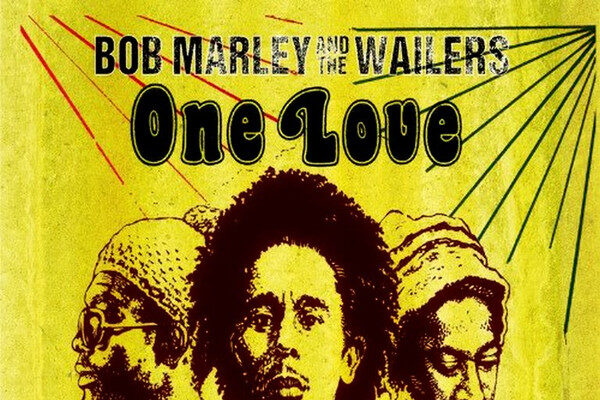
“One Love” remains one of the most powerful reggae songs ever recorded, carrying a message of peace and unity that resonated worldwide. But its very success also made it overplayed. From commercials to documentaries to endless playlists, it became more of a slogan than a song. The message still matters, but the track itself no longer feels as fresh. Instead of sparking deep reflection, it often plays as background noise. The brilliance of Bob Marley’s vision is still there, but the song’s overuse turned it into more of a cultural catchphrase than an intimate musical experience.
56. No Matter What – Badfinger (1970)
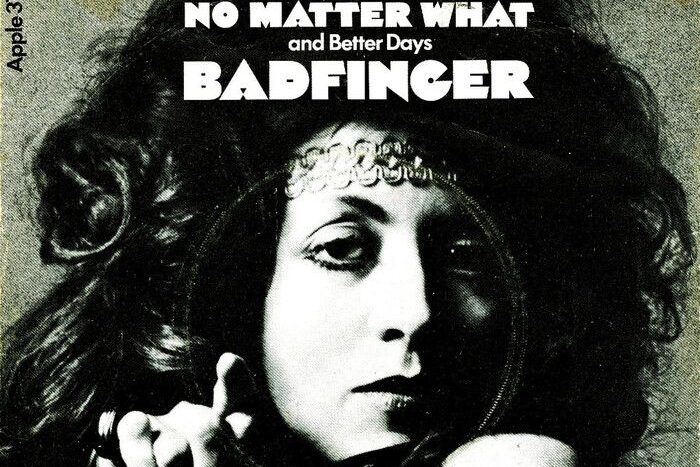
Badfinger’s “No Matter What” was an early power-pop anthem that showed off their songwriting talent and influence. It became widely loved, but its heavy rotation wore it out over time. What once sounded bold and catchy began to feel routine. Its replay on classic rock and oldies stations dulled the excitement, making it sound like another predictable entry in retro playlists. The song remains important as a stepping stone in pop rock, but the thrill of hearing it has lessened. Overplay stripped it of its edge, leaving it a well-known track that no longer sparks the same energy.
57. She’s in Love with the Boy – Trisha Yearwood (1973)

Trisha Yearwood’s “She’s in Love with the Boy” painted a sweet picture of young love, one that resonated with country audiences instantly. But its charm was tested by overplay. Country radio leaned heavily on it, and its constant presence dulled the emotional effect. The storytelling is still strong, but it feels too familiar to inspire the same warmth it once did. Instead of being a fresh tale of romance, it comes across as a nostalgic standard. It is still fondly remembered, but repetition transformed it from a standout love song into a predictable piece of country radio history.
58. Brick House – Commodores (1977)
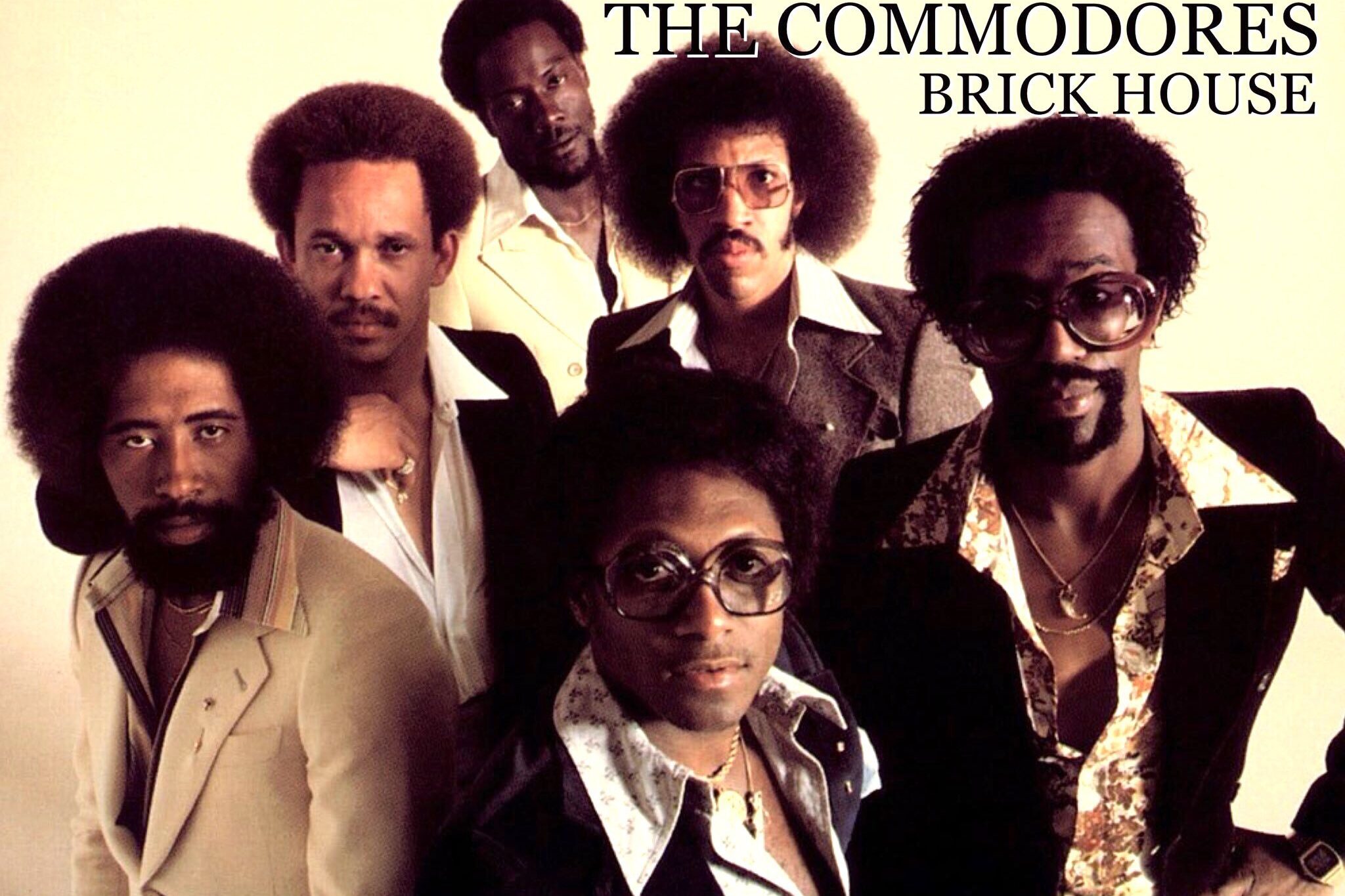
The Commodores delivered pure funk with “Brick House,” a song that made dance floors explode. It was bold, confident, and impossible to ignore when it first came out. But endless spins at parties, clubs, and in commercials drained it of originality. It became more of a disco caricature than a fresh jam. The groove still works, but it feels more expected than exciting. Listeners smile when it comes on, but rarely with genuine surprise. Overplay turned it into a staple that represents the era, but not always in the thrilling way it did when it first dominated dance floors.
59. Copacabana (At the Copa) – Barry Manilow (1978)

Barry Manilow’s “Copacabana” was flashy, colorful, and filled with storytelling that made it instantly memorable. Its campy charm worked at first, but constant replay wore it thin. Easy-listening and retro stations leaned on it endlessly, turning it from a fun novelty into something overly familiar. The playful narrative still entertains, but it lacks freshness. Instead of exciting, it feels predictable, as if it is a permanent fixture of nostalgic playlists. The glitter of the Copa remains in memory, but its repeated appearances drained it of the sparkle that once made it a fun and exciting escape.
60. Boogie Fever – The Sylvers (1975)
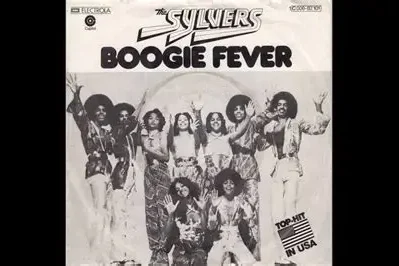
“Boogie Fever” captured the joy and energy of the disco era, giving people a reason to dance. It was catchy and fun, the kind of track that could light up a party instantly. But endless repetition across radio, commercials, and retro playlists turned it into background noise. The fun chorus that once felt lively now comes across as routine. People may still bop along, but not with the same thrill. Its groove remains intact, but its freshness has disappeared. Overplay changed it from a fun disco jam into something predictable, more a symbol of the time than a standout track.
61. Cherish – The Association (1970)
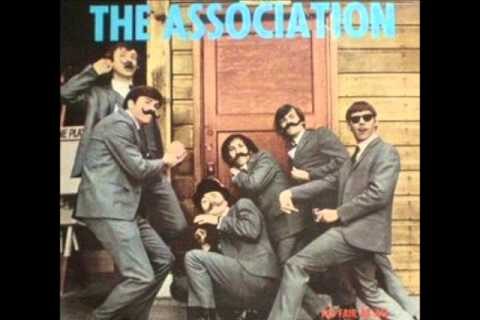
“Cherish” was tender and heartfelt, with lyrics that resonated deeply at first. The Association struck gold with its sweet delivery, but soft rock and easy-listening stations leaned on it far too heavily. Over time, its intimacy faded, and it became more of a background soundtrack than an emotional moment. The words still carry meaning, but they no longer surprise or touch listeners in the same way. Instead of being an intimate ballad, it feels predictable and overly familiar. Its emotional strength remains, but its effect is dulled by years of being replayed in too many sentimental contexts.
62. Hitchin’ a Ride – Vanity Fare (1970)
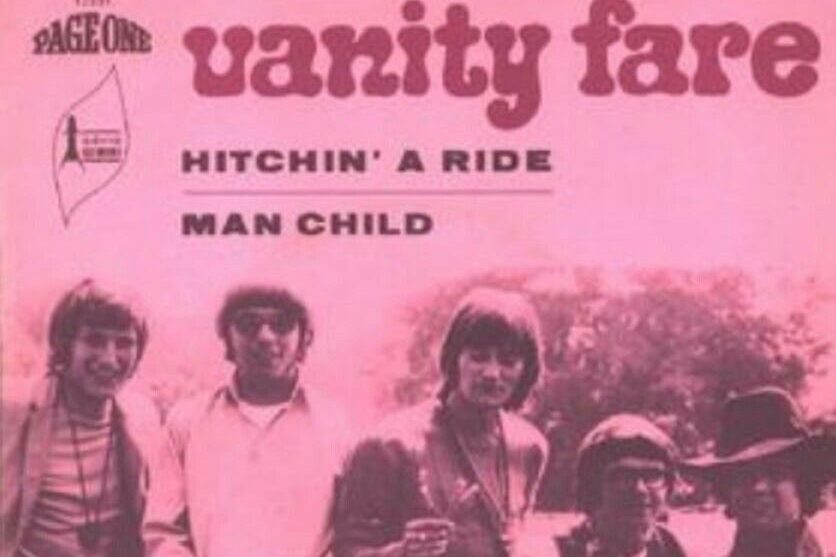
“Hitchin’ a Ride” was light, catchy, and perfect for its time. Vanity Fare created a playful track that stood out for its quirky charm. Unfortunately, that charm was dulled by repetition. Classic stations played it endlessly, and retro collections kept it alive for decades, but not always in the best way. What once felt refreshing now sounds like predictable filler in nostalgic playlists. Its novelty has worn off, leaving it more of a background tune than an exciting track. Listeners may still hum along, but rarely with the same energy they once had when it was first released.
63. Billy Don’t Be a Hero – Paper Lace (1974)
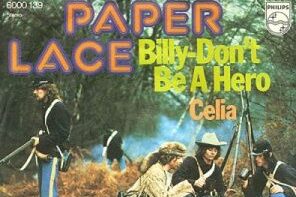
Paper Lace struck again with “Billy Don’t Be a Hero,” a dramatic novelty hit that caught people’s attention instantly. Its storytelling style made it memorable, but repetition dulled its effect. Oldies stations and retro playlists leaned on it heavily, making it less exciting over time. The song’s dramatic delivery still entertains, but it feels overly familiar now. Instead of surprising audiences, it often prompts polite recognition. The novelty of its tale has worn away, leaving it as more of a cultural memory than a thrilling listen. It is remembered fondly, but not with the same impact it once had.
64. Kung Fu Fighting – Carl Douglas (1974)
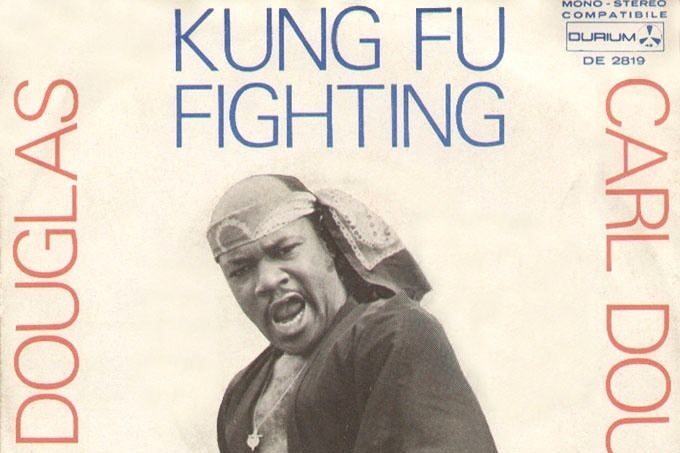
“Kung Fu Fighting” was playful, fun, and campy enough to catch on instantly. It captured the martial arts craze of the 1970s and turned it into a disco anthem. But its novelty also doomed it to overplay. Every Halloween party, retro playlist, and novelty collection included it, turning it into a cliché. The charm is still there, but it feels more like a joke now than a genuine dance track. People smile when it comes on, but mostly because of its campy reputation. Overexposure transformed it from quirky fun into a predictable caricature of the disco years.
65. Take the Long Way Home – Supertramp (1979)

Supertramp delivered a reflective, smooth track with “Take the Long Way Home.” Its mellow tone and thoughtful lyrics made it stand out. But constant airplay on soft rock and classic stations dulled its impact. What was once a reflective journey now feels routine. The song remains pleasant, but it no longer surprises or inspires. Instead, it plays as predictable filler in nostalgic playlists. The meaning is still there, but the freshness is gone. Overplay transformed a thoughtful song into background atmosphere, leaving it remembered fondly but not experienced with the same emotional depth it once carried.
66. Rude Awakening #2 – The Rolling Stones (1972)

The Rolling Stones had plenty of timeless hits, but “Rude Awakening #2” is one of those tracks that ended up being overexposed despite its moody charm. Classic rock stations leaned on it until the spark wore off. At first, its sound felt fresh and gritty, but after years of constant replay, it settled into the background like another predictable pick. The Stones still shine through, but the uniqueness has been dulled by repetition. Instead of standing out, it now blends in with the crowd of familiar rock tracks, remembered but not always celebrated with the same excitement.
67. More, More, More – Andrea True Connection (1976)

Andrea True Connection gave disco one of its most memorable hooks with “More, More, More.” Its sultry vibe and unforgettable groove made it a dance floor staple. But like many disco anthems, overexposure wore down the freshness. It became a constant fixture at clubs, parties, and in countless retro playlists, losing the playful thrill that made it special. What once felt bold now feels more predictable, a song that comes on by default whenever a disco set is played. The energy remains, but it lacks the sparkle it carried when it first exploded onto the scene in the mid-seventies.
68. Never Can Say Goodbye – Gloria Gaynor (1974)
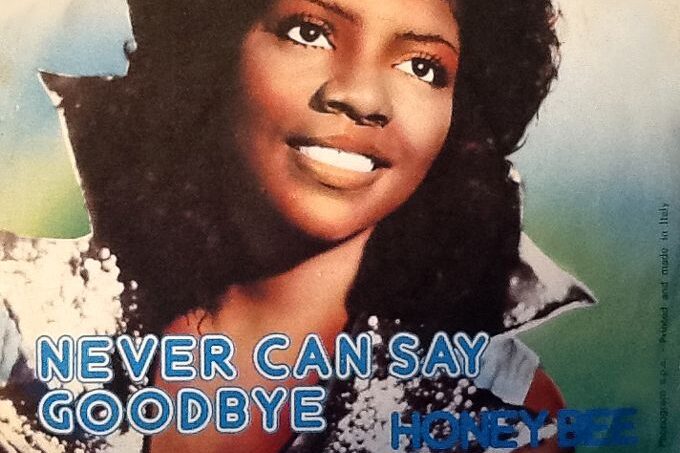
Gloria Gaynor’s “Never Can Say Goodbye” is filled with energy and emotion, the kind of song that gave her a place in disco history. Its upbeat tempo and heartfelt lyrics struck a perfect balance. But endless replay turned it into a predictable choice on radio and in retro collections. What was once powerful now feels routine, as though it has been drained of its initial spark. The song’s message still resonates, but the thrill of hearing it has faded. Instead of drawing listeners in, it often feels like another familiar track playing in the background of a nostalgic set.
69. Ain’t No Mountain High Enough – Diana Ross (1970)

Diana Ross’s version of “Ain’t No Mountain High Enough” soared when it was released, a powerful ballad filled with passion and determination. Its message of overcoming obstacles resonated with millions. Yet over time, it was played so often in films, commercials, and radio rotations that it became more of a cultural backdrop than a musical event. The emotion is still there, but the surprise is gone. It has shifted from an inspiring anthem to a predictable soundtrack for uplifting moments. The brilliance of Diana’s performance endures, but the freshness is buried under decades of endless replay and familiarity.
70. If You Don’t Know Me By Now – Harold Melvin & The Blue Notes (1972)
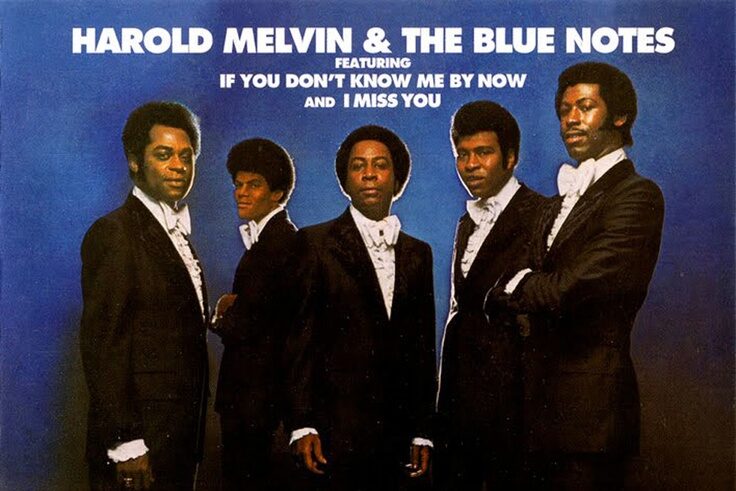
This soulful ballad was heartfelt and unforgettable when it first hit the airwaves. Harold Melvin & The Blue Notes gave it emotion that connected instantly. But as time went on, the song was played constantly on soft rock and R&B stations until it began to lose some of its intensity. What once sounded deeply moving now feels more like a familiar tune heard too often. The sincerity of the lyrics has not faded, but the impact has softened with repetition. Instead of a standout moment, it has become a routine part of playlists that rely on safe classics.
71. Don’t Bring Me Down – Electric Light Orchestra (1979)

ELO’s “Don’t Bring Me Down” was punchy, catchy, and bold, instantly becoming one of their most recognizable hits. Its driving rhythm made it a favorite, but constant airplay turned it into an overfamiliar staple. Instead of feeling powerful, it now often comes across as predictable. The energy remains, but it has lost the freshness that once made it thrilling. The quirky shout of “Groos” is still memorable, but not surprising anymore. Like many late-seventies rock anthems, it has been overplayed to the point of becoming background noise, remembered fondly but no longer carrying the same burst of excitement.
72. Rapture – Blondie (1979)
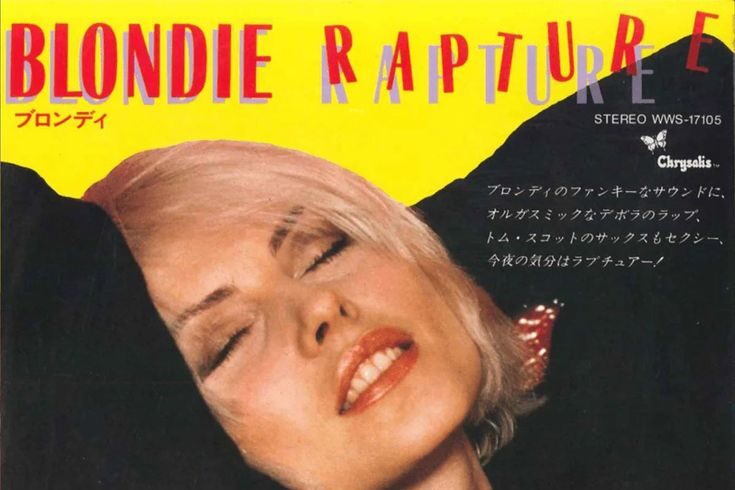
Blondie’s “Rapture” broke ground as one of the first mainstream tracks to blend disco, punk, and rap. It was daring and fresh when it first arrived, instantly standing out for its unique style. But years of replay wore it down. Once revolutionary, it now feels like a predictable addition to retro playlists. The song is still fun, but its once daring rap verse no longer shocks audiences. Overexposure dulled its innovative spirit, leaving it sounding more like a quirky relic than the bold fusion it originally was. Its influence is undeniable, but its freshness has long been buried by repetition.
73. Funkytown – Lipps Inc. (1979)

“Funkytown” remains one of disco’s most recognizable songs, thanks to its infectious beat and futuristic sound. It was nearly impossible to escape in 1979 and beyond. The problem is, it has never really gone away. Weddings, movies, commercials, and parties leaned on it so much that it turned from exciting into overdone. The fun remains, but it feels more like a requirement for any disco set than a special track. What was once futuristic now feels routine. The groove still works, but the thrill is missing, replaced by the familiarity of a song that has been played endlessly.
74. When Will I See You Again – The Three Degrees (1974)

The Three Degrees created a silky smooth ballad with “When Will I See You Again.” Its romantic tone and heartfelt lyrics made it instantly popular. But the heavy rotation on radio and oldies stations eventually dulled its impact. What was once tender and emotional is now more of a familiar background tune. The beauty of the vocals still shines, but the surprise is gone. Overexposure turned it from a cherished ballad into a predictable part of countless playlists. Listeners still enjoy it, but not with the same depth of feeling it carried when it was first released.
75. The Candy Man – Sammy Davis Jr. (1972)
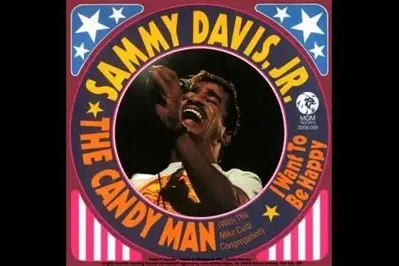
Sammy Davis Jr. brought charm and sweetness to “The Candy Man,” a song that quickly became a cultural favorite. Its playful innocence struck a chord with audiences everywhere. But its lighthearted charm also made it ripe for overuse. From commercials to constant replay on nostalgic stations, the song was everywhere. Eventually, its sugary tone felt too familiar. What was once a fun escape now feels like kitsch. The joy remains, but it is wrapped in predictability. Listeners smile at the memory, but the freshness has been lost to decades of repetition that turned it into more novelty than magic.
76. Touch Me – The Doors (1972)

The Doors gave fans a psychedelic groove with “Touch Me,” mixing brass with rock in a unique way. It was bold and surprising, showing a different side of the band. But constant inclusion in retro playlists wore away the novelty. What once felt daring and experimental now feels expected. The uniqueness of its mix is still there, but overplay made it ordinary. Instead of being an adventure, it often fades into the background as just another old favorite. Its originality remains impressive, but the freshness is gone, leaving it a predictable entry in The Doors’ celebrated catalog.
77. How Deep Is Your Love – Bee Gees (1977)

The Bee Gees delivered one of their most tender ballads with “How Deep Is Your Love.” It was romantic and heartfelt, instantly resonating with audiences worldwide. Yet it has been played so often at weddings, in movies, and on radio that its sweetness no longer surprises. The harmonies are still beautiful, but the song feels too familiar to stir the same emotions it once did. Instead of a fresh expression of love, it often plays like a default choice for romance. The depth remains, but the freshness is buried beneath layers of repetition and overexposure.
78. Afternoon Delight – Starland Vocal Band (1976)

“Afternoon Delight” was playful, breezy, and cheeky enough to catch everyone’s attention in the seventies. It became a summer anthem, light and fun in every way. But repetition turned it into more of a guilty pleasure than a genuinely enjoyable tune. Radio stations leaned on it until it lost its sparkle. What once felt flirty and fresh now feels predictable and slightly cringe-worthy. People may laugh when it comes on, but rarely for the right reasons. The charm is still there, but it has dulled under years of overplay, leaving it remembered more for its quirk than its quality.
79. Big Yellow Taxi – Joni Mitchell (1970)

Joni Mitchell’s “Big Yellow Taxi” carried one of the most important environmental messages of its time. With its memorable hook and clever lyrics, it stood out immediately. But its frequent use in commercials, covers, and countless playlists eventually stripped away its freshness. What was once a poignant reminder now feels like an overly familiar slogan. The message remains powerful, but the song no longer strikes listeners with the same urgency. Instead, it has become background noise, its originality dulled by repetition. It is still respected, but the emotional punch that once defined it has faded after decades of replay.
80. Morning Train (Nine to Five) – Sheena Easton (1979)
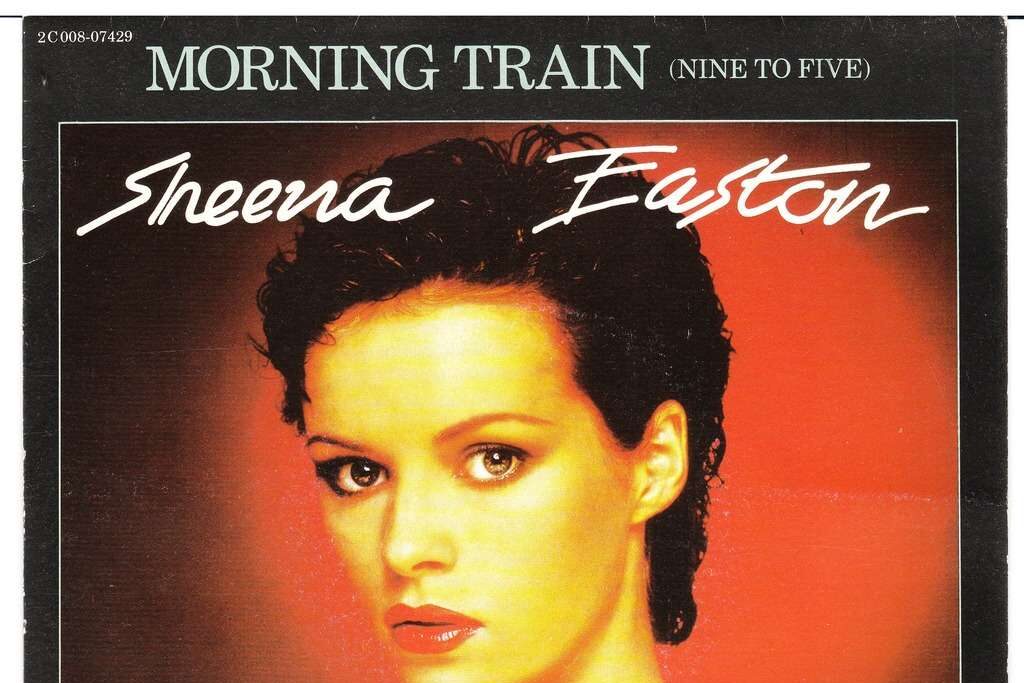
Sheena Easton’s “Morning Train” was bright and upbeat, capturing the everyday routine of working life in a playful way. It was catchy enough to dominate charts, but overexposure quickly followed. Radio replay, commercials, and nostalgic collections leaned heavily on it. What once felt fun and lively soon became overly familiar. Its cheerful tone still holds charm, but the surprise is gone. Instead of standing out, it plays like predictable background filler. The song remains enjoyable, but the excitement has been dulled by repetition, leaving it remembered more for its place in pop history than for its originality.
81. I Can’t Tell You Why – Eagles (1979)

The Eagles had a gift for creating smooth ballads, and “I Can’t Tell You Why” was no exception. Its soft, emotional delivery made it a radio favorite. But as time went on, it was played so frequently that it lost some of its intimacy. The sincerity of the vocals is still there, but the freshness has faded. Instead of pulling listeners in, it often feels like just another familiar tune drifting in the background. Its beauty is still undeniable, but the overexposure drained it of the impact it once had, leaving it more predictable than touching.
82. Torn Between Two Lovers – Mary MacGregor (1976)
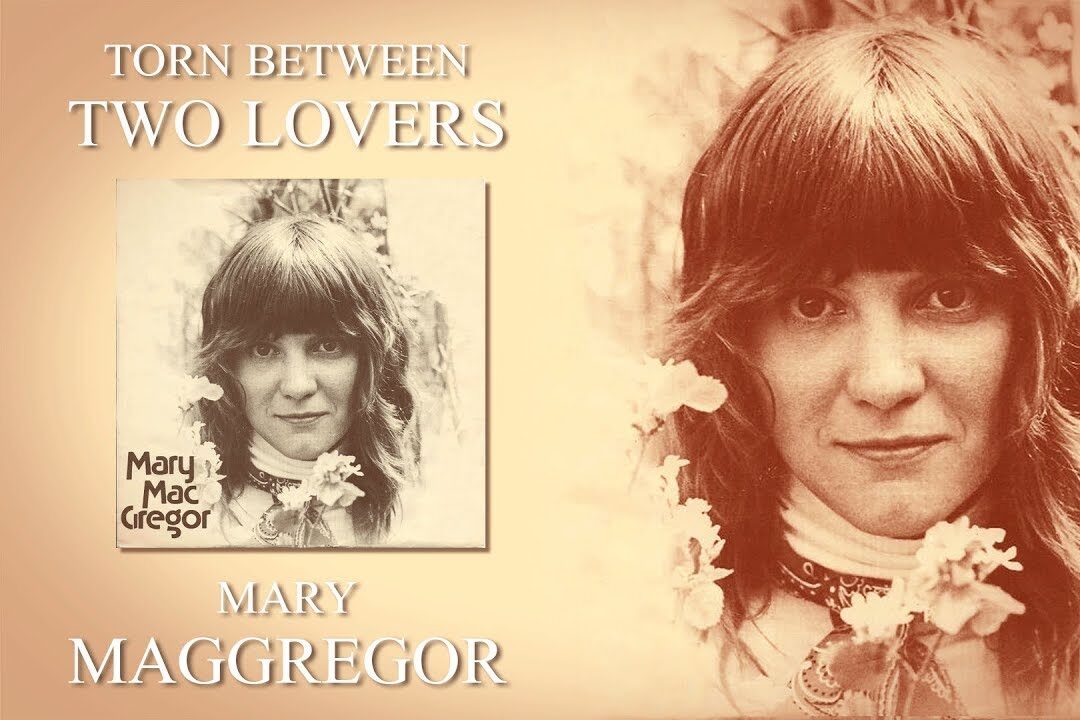
Mary MacGregor’s ballad “Torn Between Two Lovers” was heartfelt and emotional, catching listeners with its vulnerable lyrics. But constant airplay eventually dulled the intensity. What once felt raw now feels predictable, as though the emotional weight has been softened by repetition. The song remains tender, but its familiarity keeps it from surprising audiences. Instead of drawing people into its story, it often plays like a routine selection in retro playlists. The honesty still resonates, but the impact is far less striking than it once was, leaving it remembered but not always felt in the same way.
83. Isn’t It Time – The Babys (1977)

“Isn’t It Time” blended rock and pop with emotional lyrics that resonated strongly when it first came out. The Babys delivered a powerful track that stood out. But classic stations leaned on it heavily, turning it from exciting into overly familiar. The passion remains in the vocals, but the song no longer surprises listeners. Instead, it feels like one more predictable entry in retro collections. The freshness is gone, replaced by the familiarity of repetition. It is still remembered fondly, but its energy has dulled, leaving it sounding less impactful than it did when it first debuted.
84. We’re All Alone – Rita Coolidge (1977)

Rita Coolidge’s “We’re All Alone” was soft, romantic, and sweet, a ballad that captured attention right away. It had sincerity and charm, but overplay quickly drained it. Soft rock stations and nostalgic playlists leaned heavily on it, making it too familiar. What was once intimate now feels routine, as if it were always meant for background music. The emotion is still there, but the freshness is missing. Instead of touching listeners, it often floats by without leaving much of a mark. Its tenderness remains, but the originality faded long ago due to constant and predictable repetition.
85. I’m Your Man – Leonard Cohen (1974)

Leonard Cohen’s “I’m Your Man” was soulful and vulnerable, offering a deep honesty that resonated with fans. But its replay value was stretched too thin over time. The sincerity is still strong, but the freshness has faded after years of repetition. What once felt raw and captivating now often feels too familiar to strike the same chord. The lyrics still carry meaning, but the impact has softened. Instead of pulling listeners in deeply, it often drifts by as a well-known track. Its beauty remains, but the originality has been dulled by too much exposure across the years.
86. The Logical Song – Supertramp (1979)

“The Logical Song” mixed thoughtful lyrics with a jazzy, funky style that gave it uniqueness when it first appeared. It questioned society with clever wordplay and a catchy melody. But heavy airplay eventually turned it into background noise. Its cleverness still shines, but the surprise is gone. Overexposure dulled the impact, leaving it sounding more like a standard retro tune than a standout track. What once inspired reflection now feels predictable. The brilliance of its construction is still clear, but the freshness has been stripped away, leaving it remembered but not always experienced with the same enthusiasm.
87. I Wanna Be Your Lover – Prince (1978)
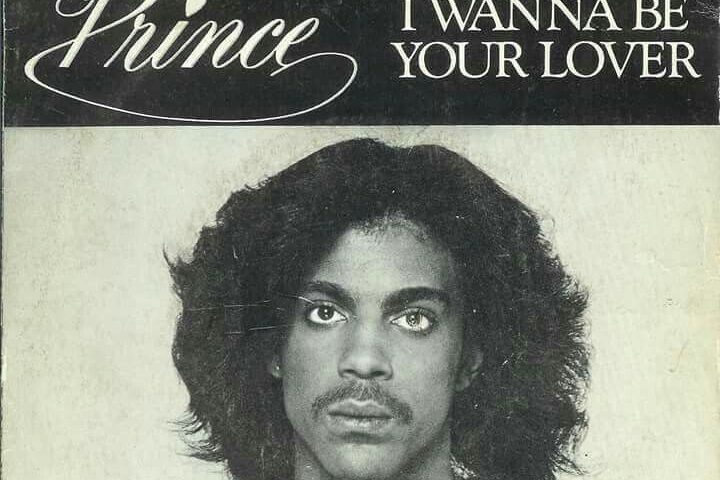
Prince’s “I Wanna Be Your Lover” was funky, bold, and unforgettable, the song that put him on the map. It was daring and fresh, showing off his talent in every way. But constant radio play and retro collections wore it down. What once felt like an exciting introduction now feels predictable, as though the song’s boldness has been dulled by repetition. The groove still works, but it no longer surprises. Instead of being groundbreaking, it often plays as a routine part of Prince’s catalog. The brilliance remains, but the freshness has been lost to years of overexposure.
88. Strange Magic – Electric Light Orchestra (1976)
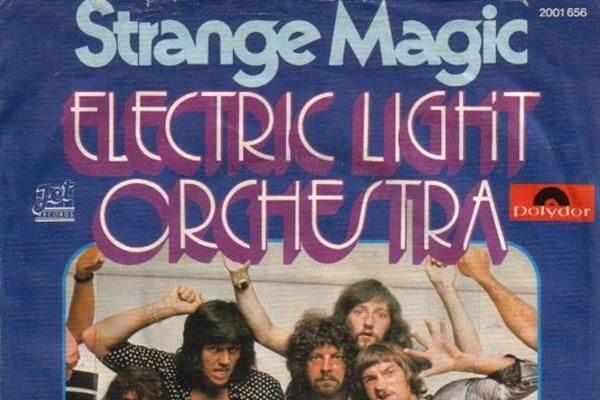
“Strange Magic” was dreamy and captivating, a song that showed ELO’s softer side. It stood out for its ethereal sound, but heavy replay dulled its magic. What once felt enchanting now often feels overly familiar. The beauty of the arrangement is still there, but the surprise is gone. Overexposure turned it into a routine part of retro playlists, stripping away some of its originality. It still holds charm, but not the same sense of wonder it once inspired. Instead of transporting listeners, it often blends into the background as another predictable selection from the seventies.
89. You Light Up My Life – Debby Boone (1977)
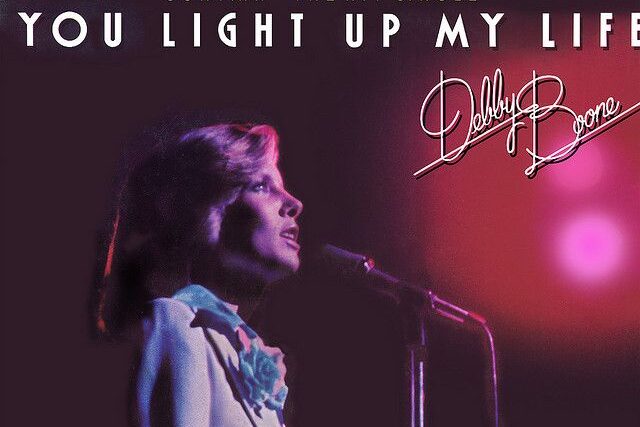
Debby Boone’s “You Light Up My Life” became one of the most unavoidable songs of the late seventies. Its gentle melody and heartfelt delivery made it a favorite on radio, television, and at countless weddings. The song’s success was undeniable, but the constant replay wore it down quickly. What once sounded deeply touching eventually felt overdone, with its sweetness stretched thin by endless repetition. The sincerity of Boone’s vocals still shines through, but the song no longer surprises. Instead of inspiring fresh emotion, it often plays as a predictable soft ballad from the era, remembered but rarely revisited with excitement.
90. Bad, Bad Leroy Brown – Jim Croce (1973)
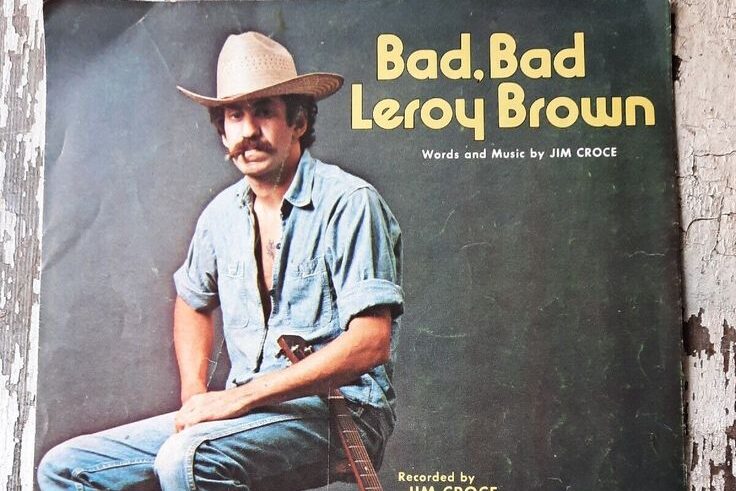
Jim Croce’s “Bad, Bad Leroy Brown” was storytelling at its best, filled with humor and memorable lyrics. It quickly became a hit, but its constant presence on radio dulled the charm. What was once clever now feels predictable. The song’s playful tale is still enjoyable, but the freshness has faded through endless repetition. Instead of drawing listeners in with its wit, it often floats by as another familiar track. The humor remains, but the surprise is long gone. Its originality has been buried under decades of airplay, leaving it remembered fondly but less impactful today.
91. American Woman – The Guess Who (1970)
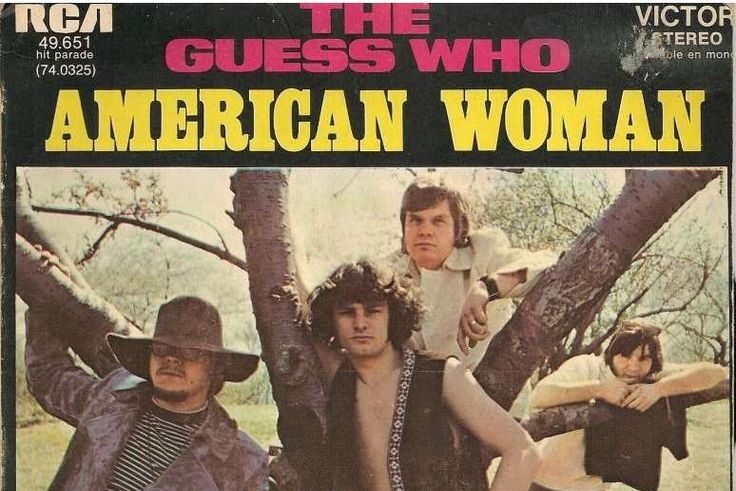
The Guess Who struck gold with “American Woman,” a raw and powerful anthem that carried political and cultural weight. It was bold, striking, and unforgettable when it first arrived. But endless replay dulled its message and turned it into a nostalgic cliché. Its edge has been softened by constant radio rotation and use in countless contexts. The passion is still there, but it no longer shocks or excites the way it once did. Instead, it feels like a predictable fixture of classic rock playlists. Its legacy remains strong, but its freshness has long since been buried.
92. Let’s Get It On – Marvin Gaye (1973)
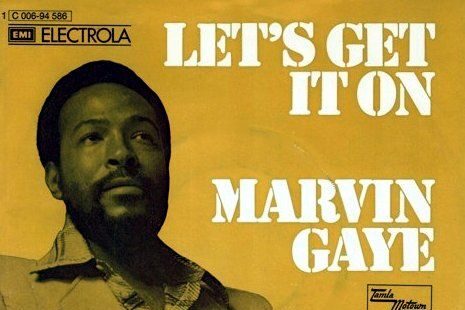
Marvin Gaye’s “Let’s Get It On” was sensual, soulful, and instantly iconic. It quickly became a staple for romantic playlists and countless movie scenes. But its constant use also dulled its intimacy. What was once daring and fresh now often feels like background filler for predictable romantic moments. The passion in Marvin’s voice still resonates, but the impact has faded through years of repetition. Instead of stirring deep emotions, it often plays like an expected soundtrack for love scenes. The brilliance remains, but the song’s overexposure has transformed it into something less provocative and more routine.
93. Shame – Evelyn “Champagne” King (1977)

Evelyn “Champagne” King brought serious funk to “Shame,” creating a disco anthem that felt unstoppable when it first hit the scene. Its energy was undeniable, but endless repetition drained it of some of its shine. Clubs, parties, and retro playlists leaned on it heavily, leaving it sounding too familiar. The groove is still there, but it no longer feels as vibrant as it once did. Instead of sparking instant excitement, it often blends into the background as another overplayed disco tune. Its brilliance is still clear, but the freshness has been buried under layers of repetition.
94. Lady Marmalade – Labelle (1974)

Labelle’s “Lady Marmalade” was bold, powerful, and unforgettable. Its funky energy and daring lyrics made it stand out in every way. But its heavy replay eventually dulled the thrill. From clubs to commercials to endless nostalgic playlists, the song became more of a predictable staple than a shocking anthem. The fire is still there, but it feels overly familiar now. What once pushed boundaries now plays like a standard part of retro collections. The originality remains in history, but the freshness is gone. Listeners still enjoy it, but not with the same sense of daring it once delivered.
95. I Am Woman – Helen Reddy (1972)

Helen Reddy’s “I Am Woman” became an anthem of empowerment, striking at the heart of the women’s movement. Its message was powerful and lasting. But endless airplay eventually dulled the impact of its words. Instead of inspiring fresh passion, it often feels like a familiar chant repeated too many times. The strength of the message remains, but the surprise and urgency have faded. What was once bold is now more of a predictable reference point. It is still respected, but the freshness is gone, leaving it remembered more as history than as a living anthem today.
96. Oh, Pretty Woman – Roy Orbison (1970)
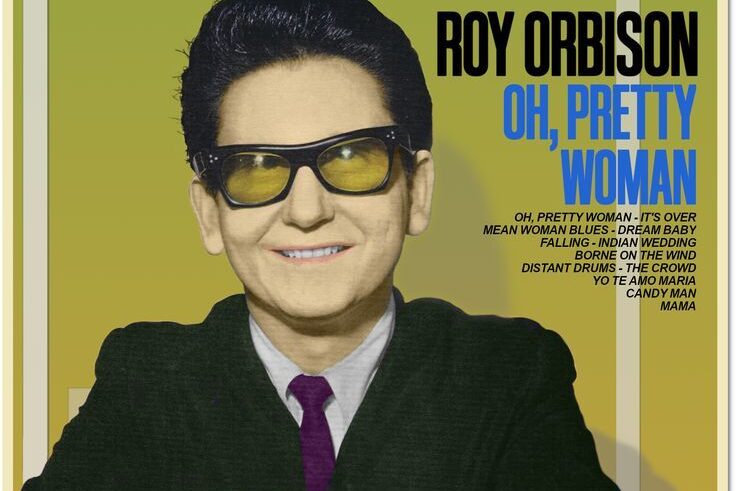
Roy Orbison’s “Oh, Pretty Woman” carried charm, style, and one of the most iconic riffs of its time. It was irresistible when first released. But decades of constant replay on radio and in movies stripped away its freshness. What once turned heads now blends into the background as another classic that is always around. The riff is still catchy, but it no longer surprises. Instead of feeling bold, it feels routine. The charm is still there, but the originality has been lost to repetition, leaving it more of a cultural fixture than a thrilling piece of music.
97. That’s the Way I Like It – KC and the Sunshine Band (1975)
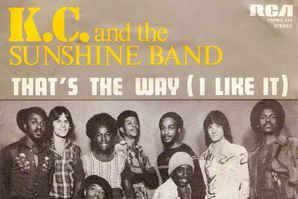
KC and the Sunshine Band gave disco one of its most joyful anthems with “That’s the Way I Like It.” Its energy and catchiness were undeniable. But over time, it was played so often at parties, events, and in commercials that it became overly familiar. What once sparked instant dancing now feels predictable. The fun is still there, but the freshness is missing. Instead of surprising crowds, it often comes across as a routine disco selection. The groove is intact, but the originality has faded under layers of repetition, leaving it more nostalgic than exciting.
98. Can’t Get Enough of Your Love, Babe – Barry White (1974)
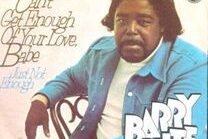
Barry White’s “Can’t Get Enough of Your Love, Babe” was soulful, romantic, and smooth, instantly drawing listeners in. But overexposure eventually dulled the intimacy. What once felt passionate now feels more like background music for predictable romantic settings. The depth of Barry’s voice still impresses, but the thrill is missing. Instead of stirring hearts, it often plays like a familiar tune that people know too well. The originality is still in its history, but the freshness has been lost to endless repetition, leaving it more of a nostalgic piece than a song that excites listeners today.
99. Hot Blooded – Foreigner (1978)
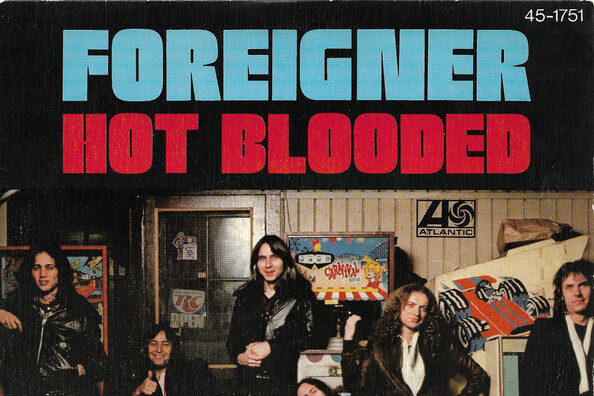
Foreigner’s “Hot Blooded” was loud, bold, and energetic, quickly becoming a rock anthem. But endless play on classic rock stations eventually dulled its impact. What was once thrilling now feels predictable, as though the fire has burned down to embers. The power is still there, but the freshness has faded. Instead of surprising listeners, it often comes across as a routine pick for retro playlists. The anthem remains a staple of rock history, but the originality has been buried under years of repetition, leaving it remembered fondly but no longer carrying the same intensity.
100. It’s Raining Men – The Weather Girls (1979)
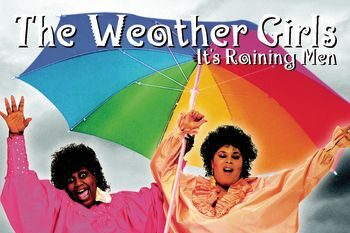
The Weather Girls gave us one of the most exuberant party songs ever with “It’s Raining Men.” It was fun, unstoppable, and unforgettable. But its replay value stretched so far that the song lost some of its playful surprise. Weddings, parties, and retro events leaned on it until it became predictable. The energy is still there, but the thrill has dulled. What was once fresh and hilarious is now more of a routine crowd-pleaser. It remains fun, but its originality has been buried by repetition, closing out the list as a reminder of how overplay changes even the liveliest tunes.
This story 100 Most Overplayed Songs of the 1970s was first published on Daily FETCH


